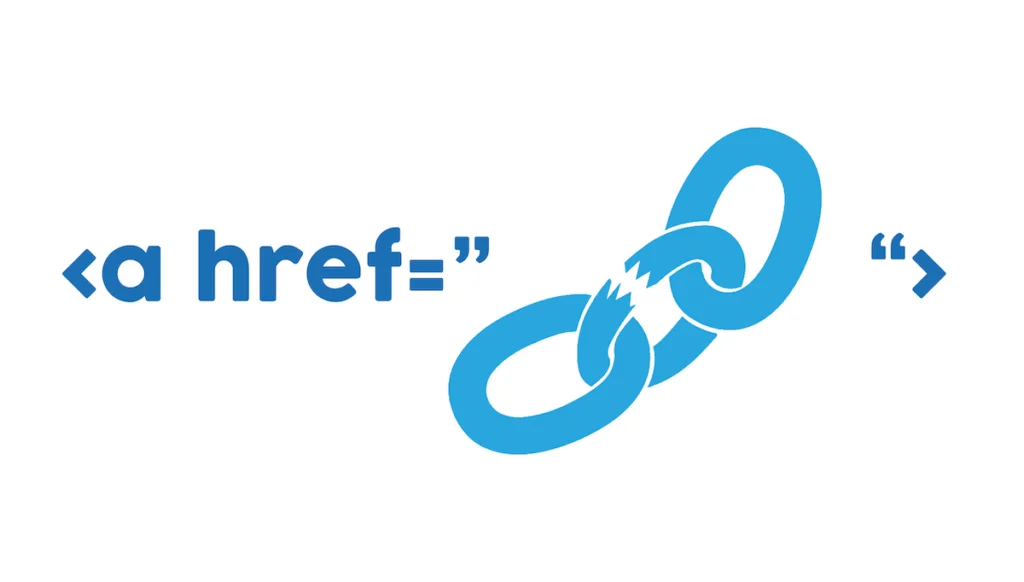How to Find and Remove Broken Links on Your Website
Last Updated: November 30, 2020

Updated November 30, 2020
Broken links are an issue for website owners because they represent a bad user experience, negatively impact search engine rankings and generally indicate a lack of proper maintenance by site owners.
There are three main ways of detecting broken links, varying by where the checking occurs. Site owners can:
– run checks from their desktop (or laptop) computers
– run checks using online 3rd party applications
– run checks using scripts or plugins on the hosting server
Detecting Broken Links via Desktop Software
While there are a number of paid link checking applications designed to run on desktops, and laptops, there are several free programs available for detecting broken links.
Some apps are made for Windows, but can run under Wine, WineBottler or Crossover, like Xenu Link Sleuth. It’s not a recent bit of software but still does the job!
Other broken link checkers are designed to run under any operating system that supports a particular programming language environment such as LinkChecker or webcheck, which rely on Python.
Detecting Broken Links via Online Applications
Massive numbers of online link checkers exist, many paid as well as freemium – giving you the chance to check a few pages freely but then will have to pay a fee in order to check all pages of a website.
Checking individual pages for broken links is great, if you only have a small number of pages. For this situation, the W3C Link Checker is a free option.
Ahrefs Broken Link Checker allows you to check a site, get a report of the first 10 broken links for free, then pay $7 for a trial that enables full features (before going up to full price).
SEO Spider is part of Screaming Frog, a premium annual subscription required online app that tells you much more than just broken links. It’s a Swiss Army knife for site owners and marketers.
Dead Link Checker offers free and paid options and scans large sites while you watch.
There’s also Broken Link Check which scans up to 3000 pages for free. You’ll need a paid account if you want Excel output, subfolder scanning or some other cool features.
Detecting Broken Links via WordPress Plugins
Finding broken links within WordPress is just a matter of installing a plugin, activating and either scanning or just letting it do its thing. Some SEO plugins include this functionality, though there are many standalone plugins as well. As with all categories of WordPress plugins, there are free, freemium and pure premium options.
WordPress Broken Link Checker is a popular link checking plugin for good reason. It works.
SEO plugins like Yoast as well as security plugins like Wordfence all include broken link checks as a part of their functionality. Be careful to check the functionality of free versions versus premium versions before taking the time to install and configure.
Which Approach is Best?
Ask 100 site owners this and you’ll get many different responses. There are some clear strengths and weaknesses of the various approaches.
Cost vs Risk
Freeware can be very functional and deliver excellent results, without requiring a credit card to make it happen.
Free software can save you money, but the tradeoff is time. You’ll have to make this happen on a regular basis, so your time is one of the costs in the equation.
Free desktop and website checkers will require you to remember to run them regularly. Forget to run the checker and you risk missing links that have gone offline or new content with broken links as a part of them.
Premium Advantages
Automated rechecking is just one feature of many premium checkers, but is a great feature to have – leaving you to deal with other things instead of needing to remember and re-run a manual checker.
Choosing the Right Broken Link Checking Result
For site owners, the decision about which approach to use generally boils down to money and time.
If you’ve got a few bucks a month available to spend on software, a premium solution that includes link checking, along with other marketing features, makes the best sense. You’ll not just find broken links, but also find duplicate titles, titles and H1 tags that match, missing image alt tags, and much, much more.
If you’re short on time, then an automated rechecking software that runs online and sends you automated alerts is often the way to go. It’ll give you peace of mind, won’t occupy your schedule and will give you a report of exactly what needs attention.
When budgets are tight and you’ve got a bit of time available, then desktop free software solutions are generally the recommended solution. You’ll be able to find broken links that need fixing and will just have to set a reminder to run again at a certain interval.

How to Fix Broken Links
Make a backup and save it before making mass edits to broken links on a site!!
The methods for fixing links can range from simply editing raw HTML pages to going into your CMS or eCommerce system to find the page with problems, edit the content and save the updated pages.
Be very cautious of automated repair tools that claim to be able to fix broken links sitewide, all in one go. It’s much better to know the link you’re to fix and then manually choosing how to repair it.
Repair Options
Fixing broken links can mean one of two things:
1. removing the <a href> </a> from the page so that the text is still present, but the bad link is no longer present, or
2. replacing the URL within the <a href=””> portion, removing the offending URL and substituting a working URL
Conclusion
There’s never a bad time to undertake site maintenance. It’s good to find issues and fix them so that users aren’t frustrated by clicking links that go to error pages. It’s good to fix issues so that search engines don’t put other sites ahead of yours because of bad links. It’s good to get started fixing broken links today.